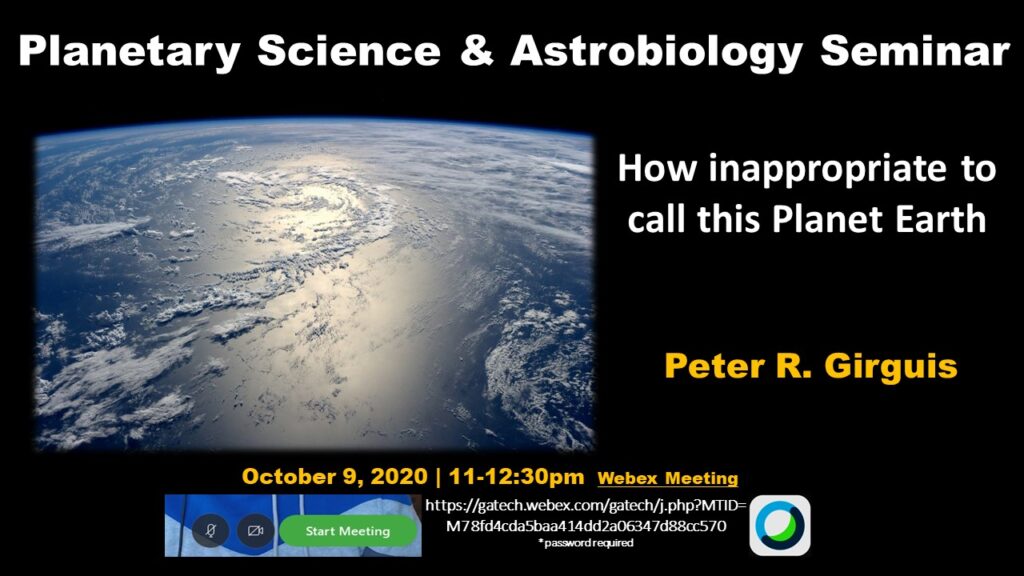Brief summary: The very first “ocean life detection” mission took place on board the HMS Challenger in 1872, as it set out to establish the existence of life at the deepest ocean depths. Scientists and crew sailed for four years collecting chemical, geological and biological samples from the far reaches of our world, and produced to first comprehensive survey of Earth’s ocean – from sea surface to sea floor. Today, scientists explore the ocean through a combination of human-operated and autonomous instruments. The technological landscape is changing at an unprecedented rate. Space scientists are also rapidly developing technologies required for missions to other worlds, including ocean worlds, despite the striking difference in the resources invested in ocean versus space science instrumentation. Our laboratory focuses on better understanding how matter/enery flow between the biosphere and the lithosphere. To that end, we develop technologies that help further our understand of these relationships, both in the ocean and on land.
We are, however, also committed to democratizing science by developing modular, open-design vehicle and sensor platforms that allow inexpensive commercial sensors (as well more bespoke emerging technologies) to be easily deployed on deep-sea missions. Here I will present some of the latest developments -as well as the lessons- from exploring our own inner space. We will also present our data from recent efforts aimed at examining the relationships among abiotic and biological processes in our ocean. These technologies and methods can help us unlock the mysteries of the cosmos, in particular that enduring question of whether life exists on other celestial bodies. We posit that fostering a rich and extensive collaboration among ocean and space scientists is critical if we are to advance our understanding of other ocean worlds, such as Enceladus and Europa, beyond the scope of current missions and technologies.”

